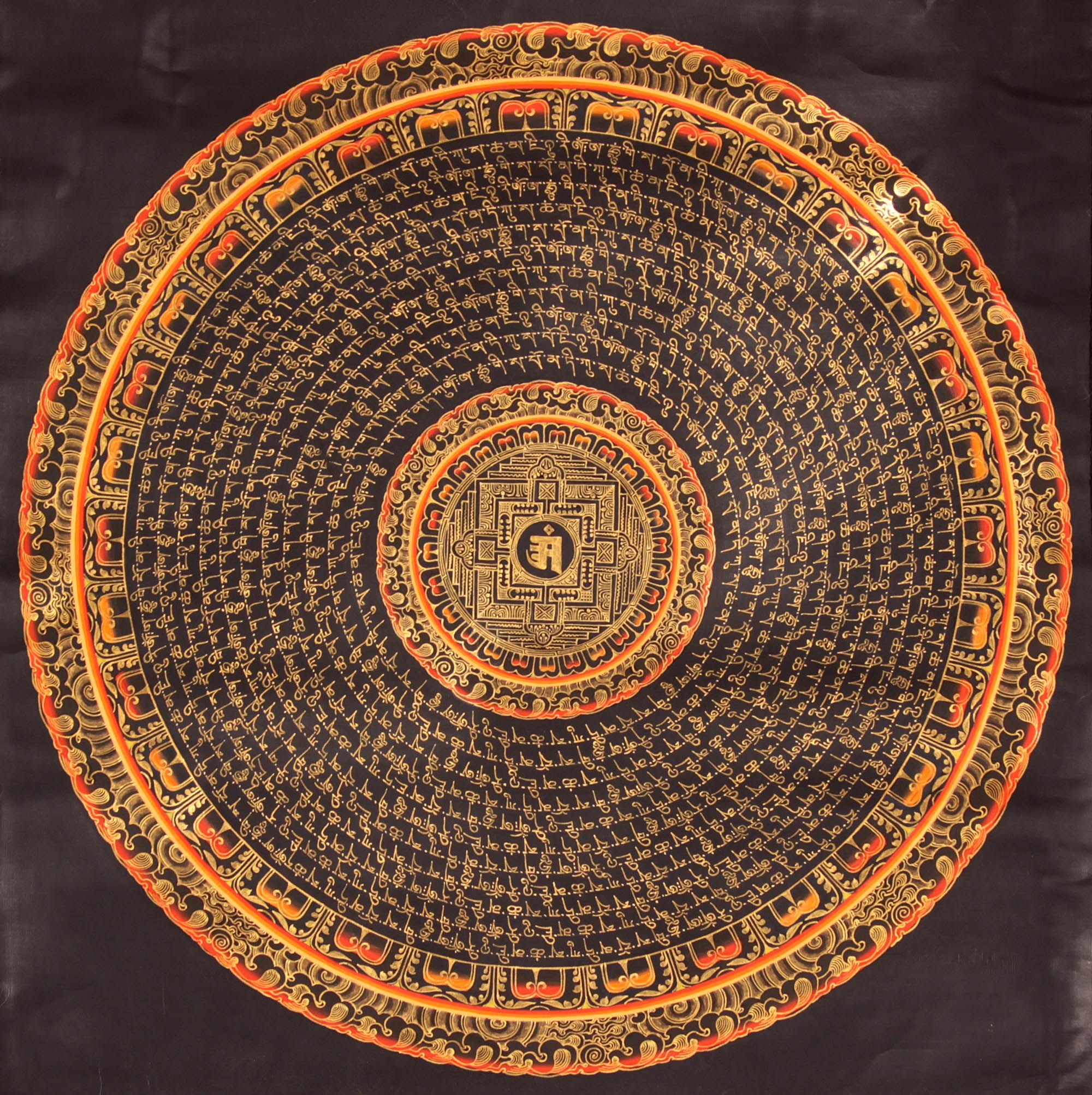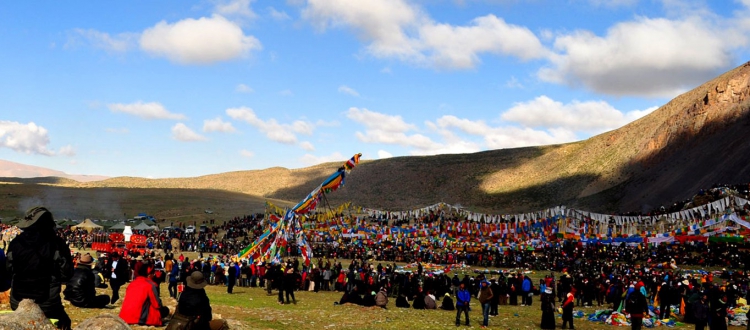Tibetan Buddhist Prayer flags
Tibetan Buddhist prayer flags and banners bear auspicious Buddhist symbols, deities and protectors, invocations, prayers and other mantras. Tibetan Buddhists for centuries have been hoisting prayer flags with a very strong devotion and belief that the sacred flags thus hoisted will bring the hoister and those in vicinity good fortune, happiness, peace, good health, long life, and prosperity.
Prayer flags are generally hoisted on high places like hilltops, mountains, roof, and outside of a house. .
























